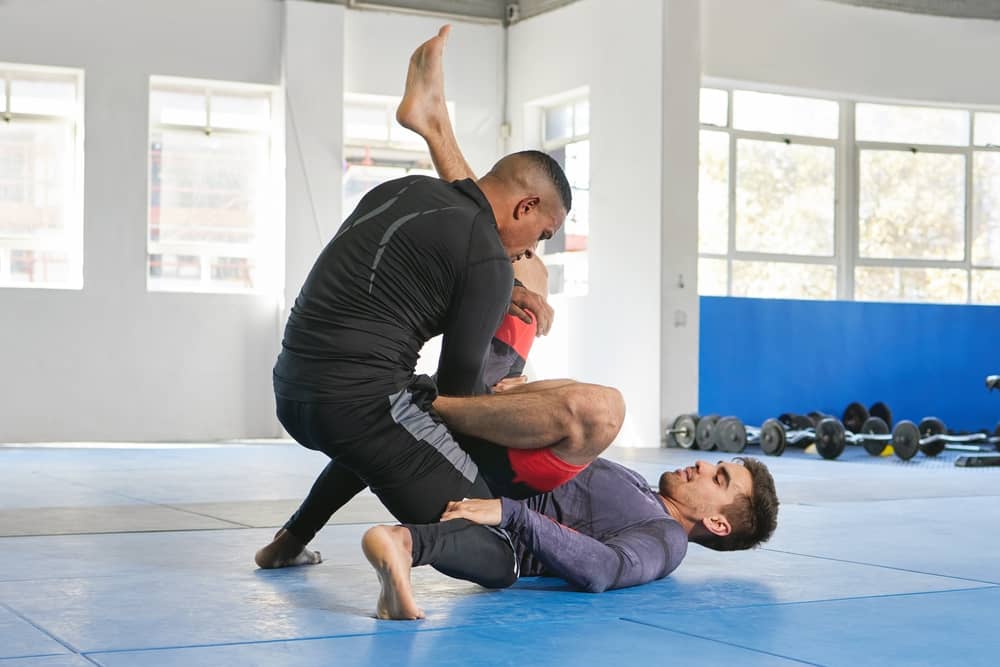Brazilian Jiu Jitsu (BJJ) is a dynamic and rewarding martial art, but its intense physical nature comes with the inherent risk of injury.
While some injuries are a normal part of training, others occur due to preventable negligence. Failing to differentiate between the two can leave practitioners unprotected and unsure of their rights.
Understanding the balance between acceptable risks and avoidable negligence is key to staying safe on the mat. This article explores common injuries in BJJ, their causes, and how to identify when negligence might be a factor.

Injuries at Brazilian Jiu Jitsu: Understanding Risks vs. Negligence
Brazilian Jiu Jitsu is a martial art and self defense system that has become popular in the United States over the past few decades. It was created in Brazil by Carlos and Helio Gracie, who adapted techniques from Kodokan Judo to develop the style.
Brazilian Jiu Jitsu focuses on ground fighting. Submission holds, joint locks, and chokeholds are all techniques used in this martial art.
A technical knockout is known as a TKO in the martial arts community. A TKO occurs when one of the participants in a match can not safely continue the match. There are multiple types of TKO. They are as follows:
- Corner stoppage: If one of the participants is being ruthlessly, completely battered by his or her opponent and could be injured if he or she does not exit the match, another individual (in boxing, the combatant’s corner) may step in to intervene, ending the match.
- Doctor’s stoppage: One of the combatants has been injured and can not continue the match safely.
- Stoppage because of strikes: If one combatant suffers from strike after strike and cannot coherently end the fight for him or herself, the referee may end the match and award a TKO to the other participant.
Injuries That Can Occur with Brazilian Jiu Jitsu
As with any sport or martial art, practicing Brazilian Jiu Jitsu comes with its risk of injury. The most common injuries that occur in Brazilian Jiu Jitsu are bruises and scratches. These come up regularly during practice and grappling and should be expected with any contact sport. Other minor injuries that may occur are sprains, torn ligaments, and broken lips.
Serious injuries that may occur include broken bones, dislocations, and lacerations. These injuries require medical attention immediately. If you suffer from any type of injury while training Brazilian Jiu Jitsu or grappling, stop what you are doing immediately and seek help from your instructor or the overseer of the match.
Liability for Your Injuries
Nearly all martial arts schools and gyms have liability waivers in place to protect themselves in the event that an accident occurs. These waivers require participants to attest that they are in good enough health to participate in strenuous martial arts activities and that they will always obey safety rules. The insurance policies that martial arts gyms often have in place generally cover premises liability, liability coverage for members participating in off-site events, bodily injury, and contractual liability. Before beginning any martial arts program, ask to read a copy of the school’s insurance policy.
When you are training to fight and you get injured, your gym may be able to cover some of your damages. The line between what is covered and what is not may depend on whether or not you contributed to your injury by failing to observe safety protocol. Talk to your instructor about what is covered by the school’s insurance policy and ask if there is any way possible to violate the policy so you know what to avoid when training.
Of course, if you are injured during training, it is in your best interests to contact an attorney who is familiar with premises liability in Las Vegas, as well as with other types of personal injuries. Many injuries resulting in broken bones lead to significant medical costs; as such, the attorneys at the Ladah law firm can help ensure you receive the compensation you deserve.
